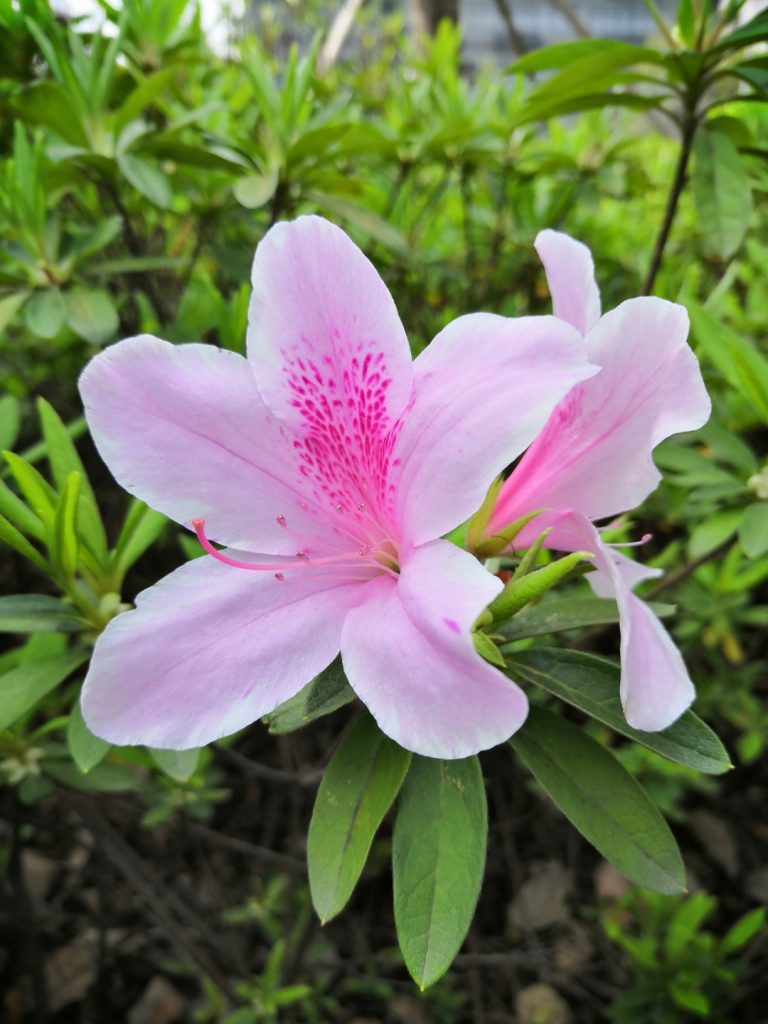Rhododendron pulchrum seed

Vireyas are frost-tender epiphytic and terrestrial rhododendrons that come from tropical latitudes and are members of the Blueberry Family (Ericaceae). Prized in horticulture for their showy blooms, vireyas are still underrepresented in gardens and greenhouses with the majority of species quite rare in cultivation. Many vireyas can be grown in warm tropical conditions and many more still grow best in intermediate / subtropical / maritime-Mediterranean conditions. There are some stunning species found in cool high elevation conditions (above 3000m asl) alongside glamorous orchids like Dendrobium dekockii but these remain extremely rare in cultivation.
Truly magnificent vireya hybrids have been developed over the years, mostly in New Zealand, Australia, the US west coast, Hawai’i and to a lesser extent in Europe. Many of these put on spectacular floral displays with bright colours, some even with pleasant fragrances, all with the added benefit of hybrid vigour. With the huge variety of colour, texture, fragrance, and plant size, vireya hybrids deserve to be grown more widely Vireya species are rare in cultivation and have great appeal to those already growing ornamentals like orchids and carnivorous plants which enjoy similar conditions.
Miniature and small-stature vireyas can be grown mounted, but most grow best in well-aerated media that allow for simultaneously plenty of oxygen and moisture. In high humidity conditions the best media is a mix consisting of coconut husk chunks and coarse perlite, but in lower humidity conditions a mix of chunky peat, orchid bark, perlite and charcoal is also used for potted plants or raised beds.
Rhododendron x sarcodes is a natural hybrid endemic to Mt. Apo in Mindanao, Philippines. R. bagobonum is a compact miniature with tubular orange flowers and R. javanicum ssp. schadenbergii a large-size species with waxy, textured textured leaves and tresses of nodding red flowers.
This clone of R. x sarcodes has a spreading open-branched habit. Thick, highly glossy leaves with raised veination are borne in pseudowhorls at broad internodal spacing. The tubular flowers are thick, waxy, and very glossy in a beautiful shade of intense, red-orange.
R. x sarcodes is very rare in cultivation. Its native elevation range is 1800m, ideal for intermediate conditions, tolerant of warm conditions as well as frost-free cool conditions. It makes for a good companion plant to orchids and carnivorous plants. This beauty might be grown as a houseplant indoors if your space has bright, filtered light and average relative humidity above 40% or outdoors where protected from extreme heat and cold (my minimum temperature is 48F)
